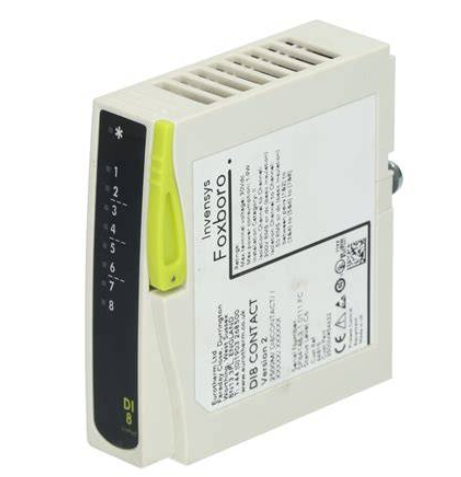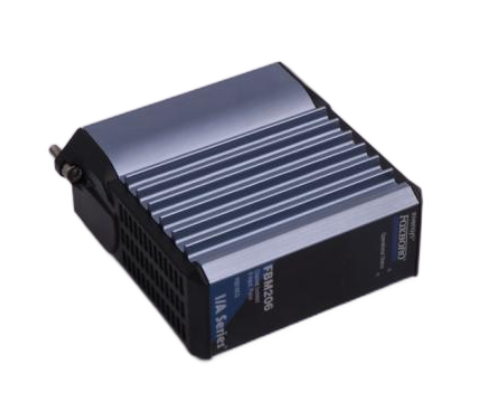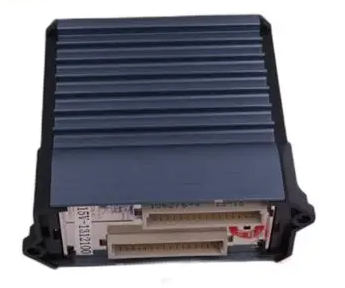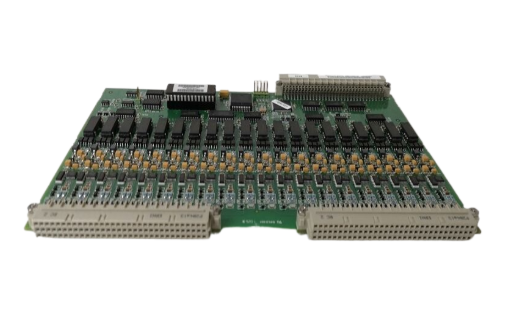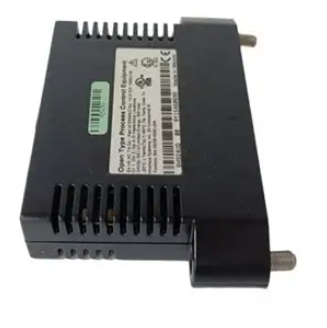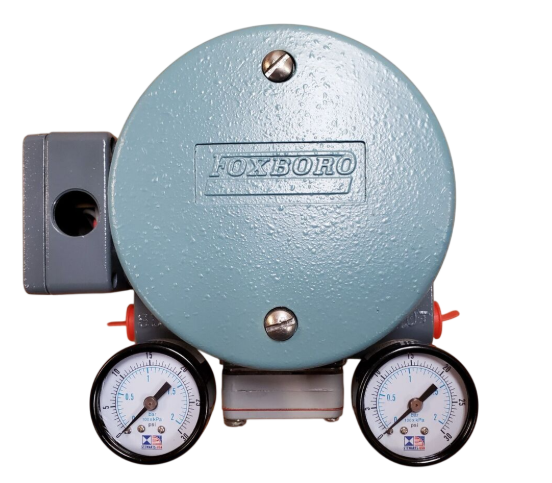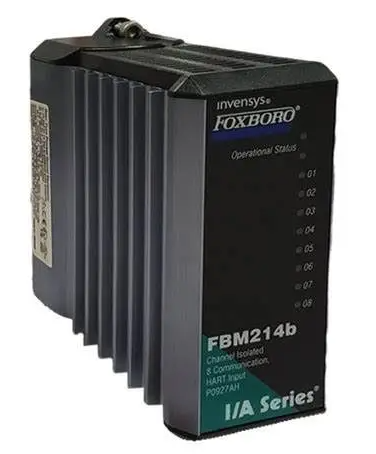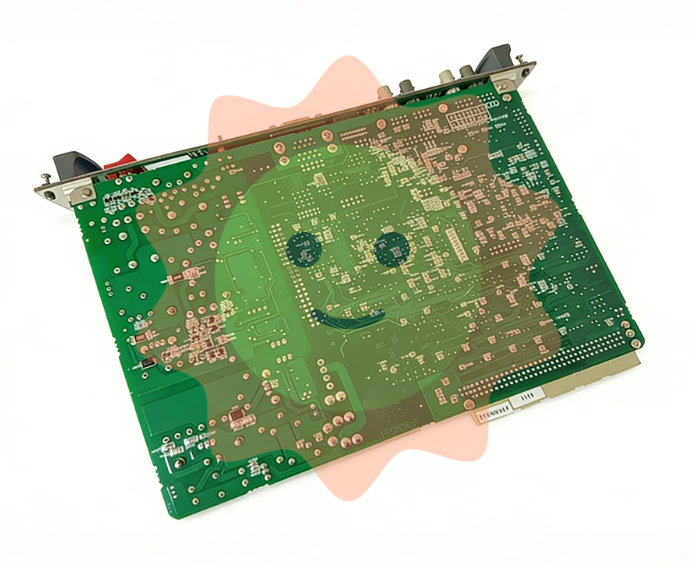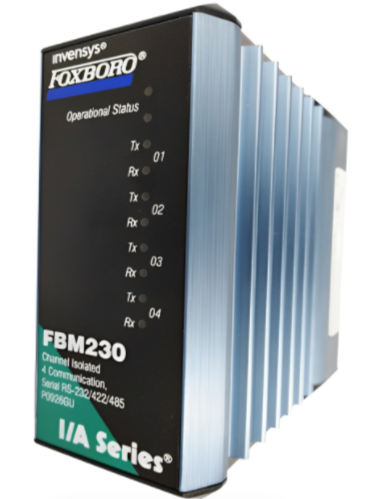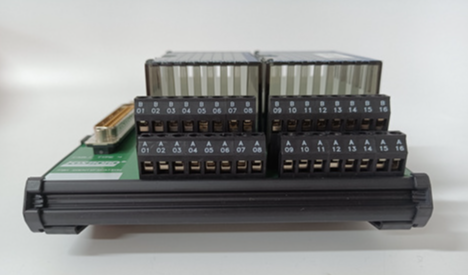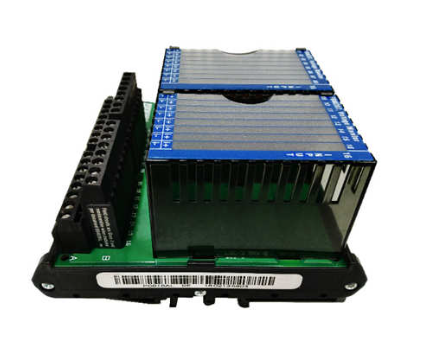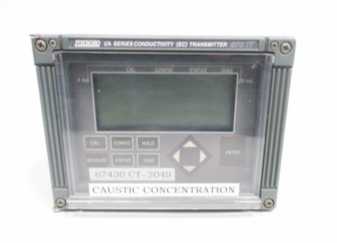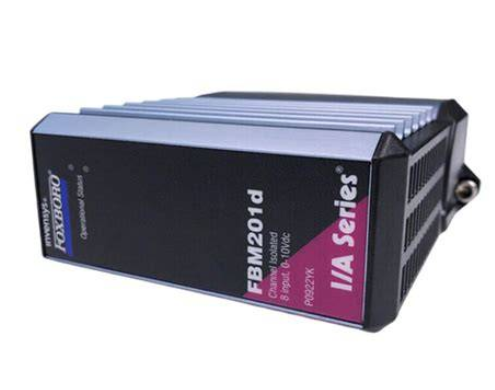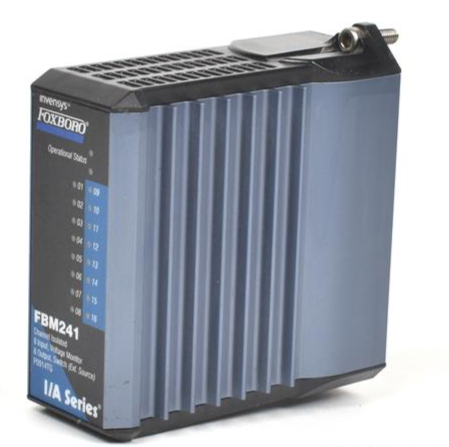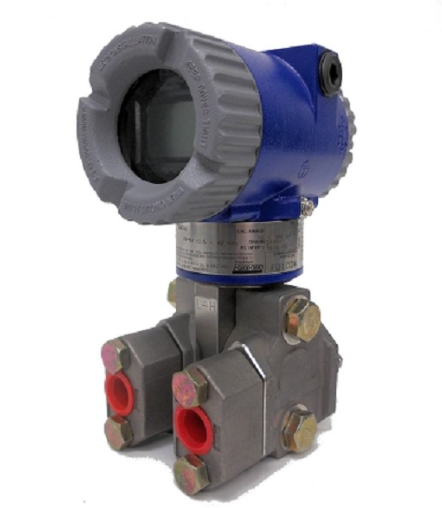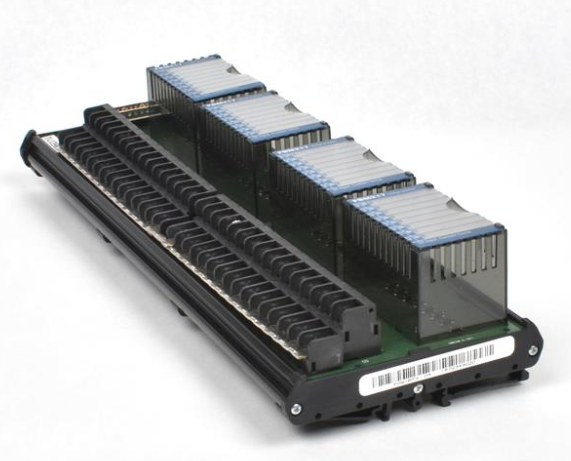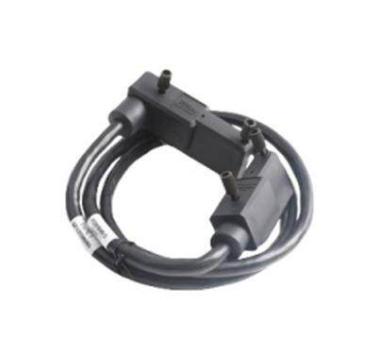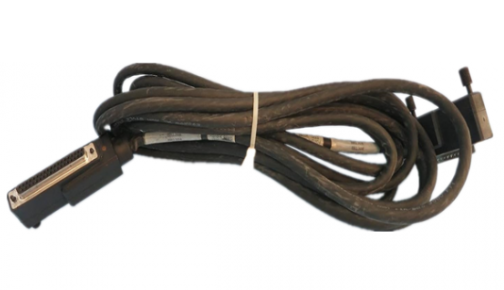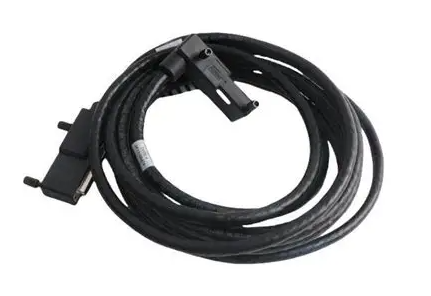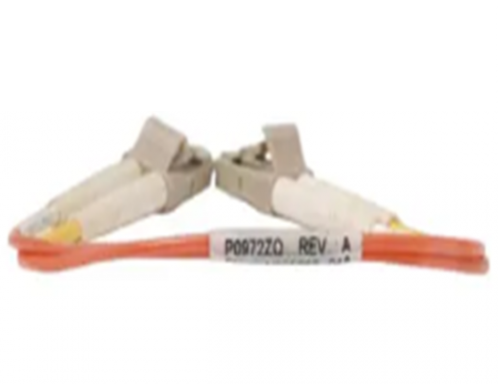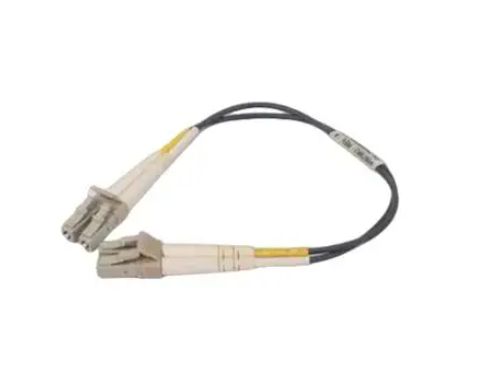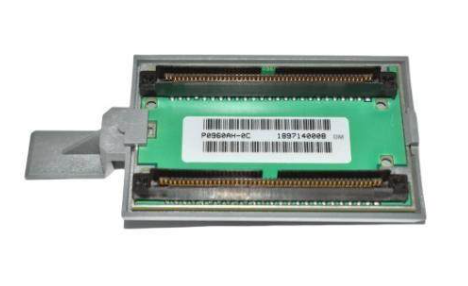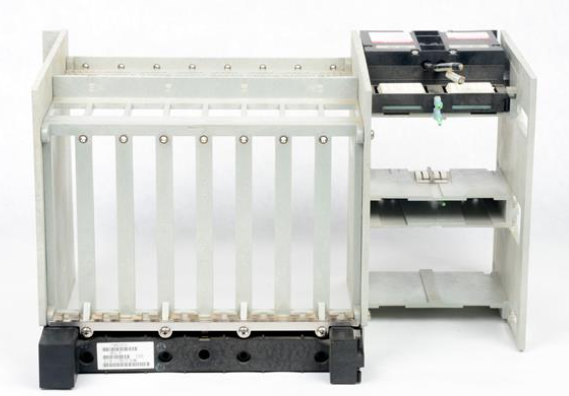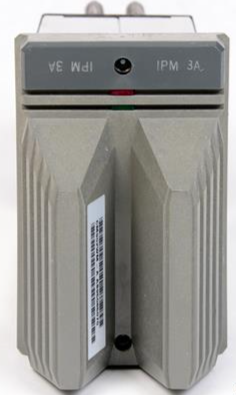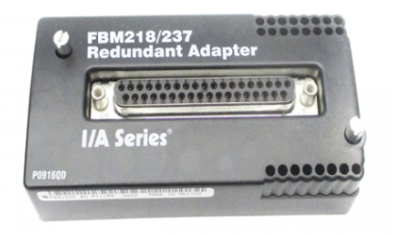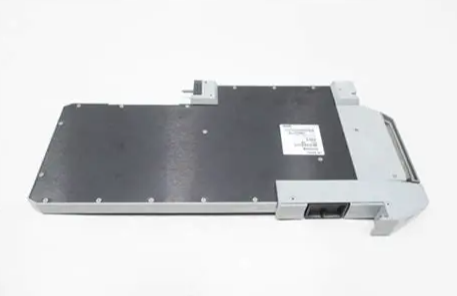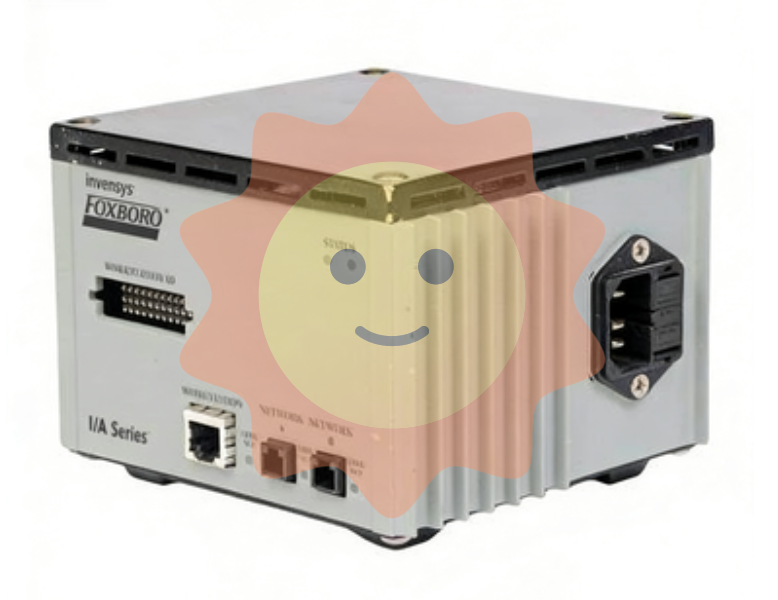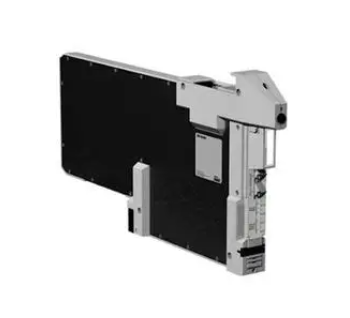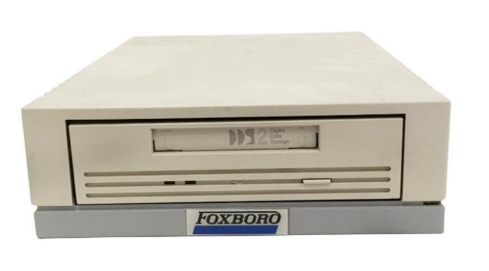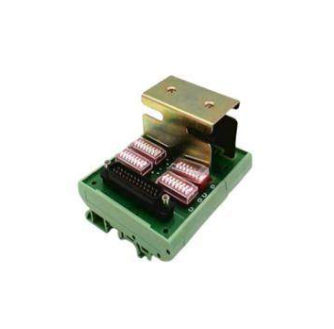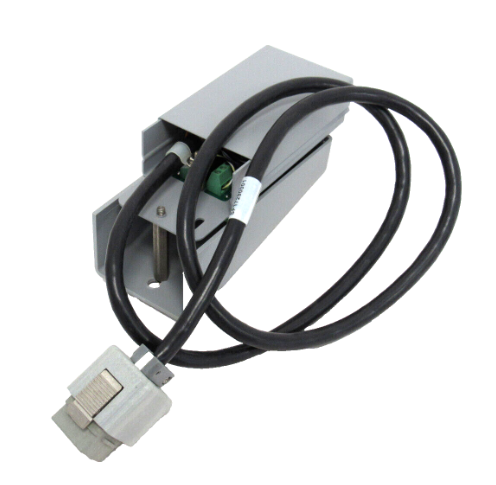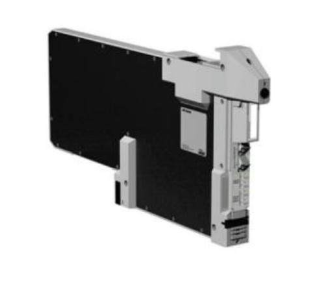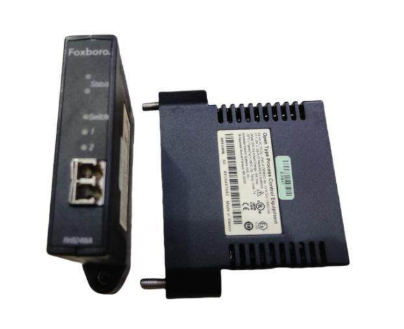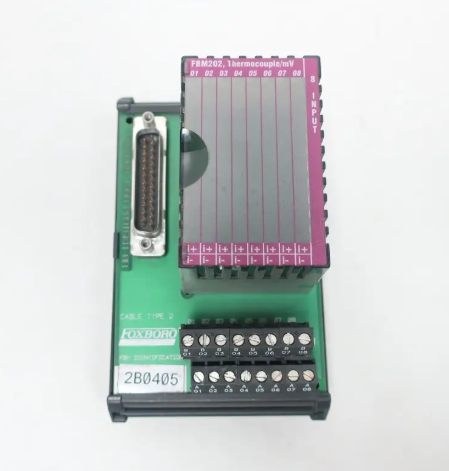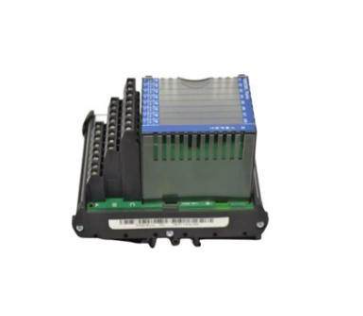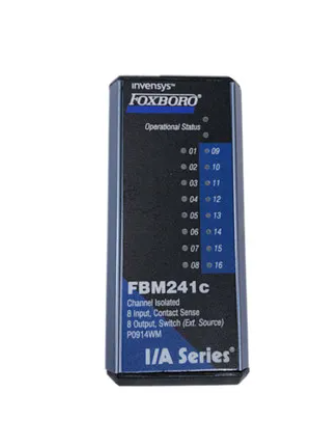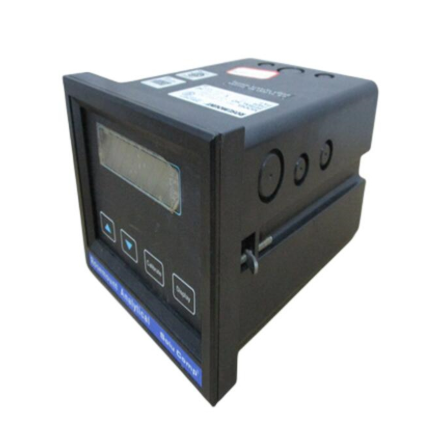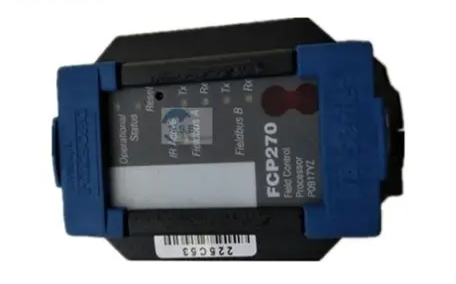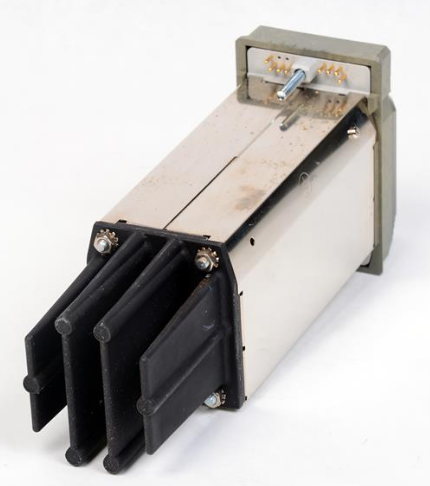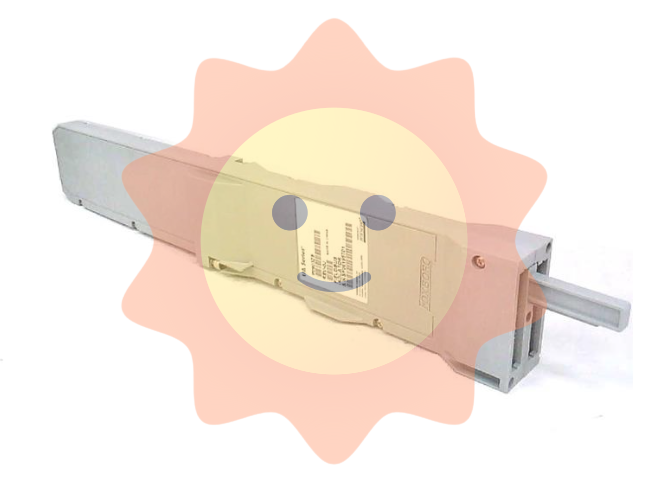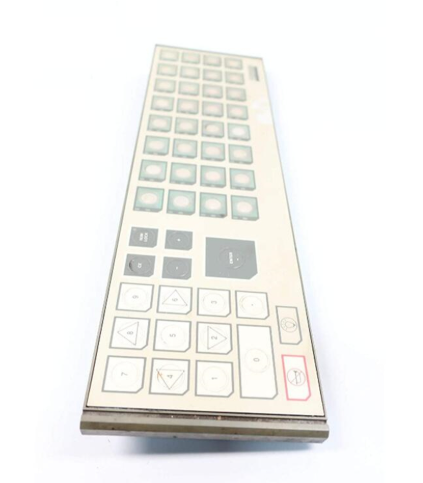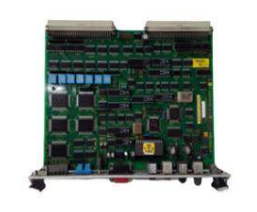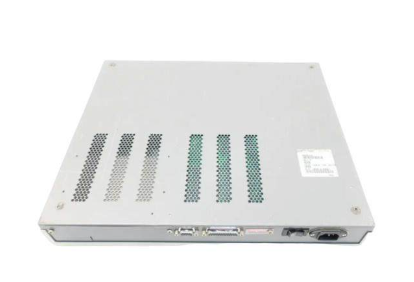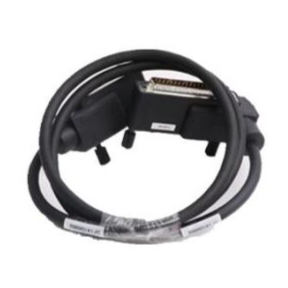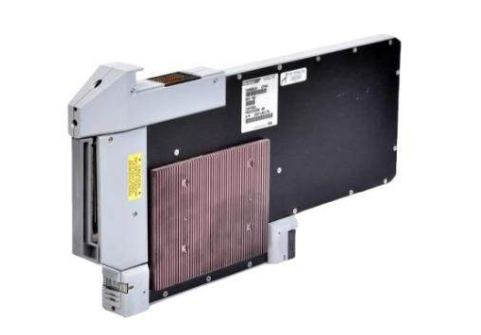Research progress on hazards and treatment technology of mine wastewater
China is the third largest mining country, but for a long time, the exploitation of mineral resources in our country has basically taken an extensive development road at the cost of wasting resources and sacrificing the environment. With the rapid development of mine construction in our country, the pollution and destruction of mine environment are more and more serious, and mine wastewater is one of the main pollution sources of mine environment. According to statistics, China's mines annually due to mining, mineral processing and discharge of wastewater volume of 1.2 to 1.5 billion t, accounting for about 30% of the total non-ferrous metal industrial wastewater, a large part of which is untreated direct discharge, not only causing serious environmental pollution, but also a huge waste of water resources. Therefore, it is of great significance to seek an economical and practical treatment method for mine wastewater to protect mine environment and save water resources.
1. Sources and hazards of mine wastewater
1.1 Source of mine wastewater
Mine wastewater is a general term for the wastewater discharged from mining sites, concentrators, tailings DAMS, slag disposal sites and living areas within the scope of mines. According to the different pH value, the mine wastewater can be divided into acidic wastewater and alkaline wastewater. Acid wastewater is the waste water formed by oxidation, weathering and decomposition in the production process of ore mining, transportation, mineral processing, waste rock discharge and tailings storage. Alkaline wastewater is the wastewater produced by adding alkaline pH regulator to the pulp system in order to obtain the best separation effect when the ore is flotation.
1.2 Hazards of mine wastewater
The harmful substances in mine wastewater are mainly heavy metal ions and various organic and inorganic flotation agents used in ore flotation, in addition to sulfate, chloride or hydroxide of sodium, magnesium and calcium, as well as insoluble dispersed impurities. The harm caused by mine wastewater mainly has the following aspects:
(1) corrosion of pipes, pumps, rail and other equipment and facilities, while directly threatening the safety and stability of pollution containment and pollution storage facilities (such as sewage DAMS, etc.).
(2) Mine wastewater containing heavy metal ions is discharged into farmland, which has a toxic effect on most plants, causing most plants to wither and die, and seriously affecting the yield and quality of crops. A small number of plants absorb heavy metals and endanger human health through the food chain.
(3) Mine wastewater is directly discharged into rivers, lakes or into the ground, resulting in deterioration of water quality and posing a great threat to fish, algae and humans.

2. Research progress of mine wastewater treatment technology
In view of the characteristics of large discharge, wide pollution range and complex composition of mine wastewater, acid-base neutralization method, coagulation sedimentation method, chemical oxidation method, constructed wetland method, biological method and other treatment technologies have been gradually developed.
2.1 Acid-base neutralization method
Acid-base neutralization method is to add a neutralizer to the wastewater, use the acid-base neutralization reaction to adjust the pH value of the wastewater, and remove the harmful substances in the wastewater. Adding alkaline neutralizer to acidic mine wastewater can, on the one hand, make the pH value of the wastewater close to neutral, and on the other hand, make the heavy metal ions in the wastewater chemically react with the neutralizer to form hydroxide or carbonate precipitation with low solubility and separate from the wastewater. The commonly used neutralizing agents of acidic wastewater are lime, slaking lime, limestone, etc. Fly ash, coal gangue, alkaline waste liquid or waste residue can also be used to neutralize acidic wastewater. Lime is the most commonly used neutralizer for treating acid mine wastewater because of its low price and low treatment cost.
Wang Hongzhong et al. studied the neutralization method to treat the acidic mine wastewater discharged into Xiaofu River. In the test, calcium carbonate was first used to neutralize the pH value of the wastewater to about 4.5, and then calcium hydroxide was used to continue to increase the pH value. The final effluent pH value reached 7.5, and the content of sulfate and total iron was trace, which met the discharge requirements. Li Xuejin et al. studied a two-stage neutralization method for the treatment of acidic wastewater from an iron ore tailings pond. Firstly, mineral or waste residue was used as a neutralizer, the pH value of the wastewater was adjusted to about 4, and then milk of lime was used for neutralization. The test results show that when the lime dosage is 0.5 ~ 0.8kg/m3 and the flocculant dosage is 2×10-6, the effluent pH value reaches 6 ~ 8 and the water quality meets the national discharge standard. The two-stage neutralization method saves lime consumption and treatment cost compared with the one-stage neutralization method. Feng D et al. used the alkalinity and adsorbability of iron and steel slag to neutralize acid mine wastewater and remove copper, lead and other heavy metal ions in the wastewater, and achieved success in the treatment of mineral processing wastewater of a gold mine in South Africa.
Acid-base neutralization is the most commonly used traditional method to treat acid mine wastewater. It has the advantages of simple process, convenient operation and low operating cost, but it also has some disadvantages such as serious scaling, large amount of sediment and easy to cause secondary pollution. In the treatment of acid mine wastewater, in order to improve the treatment effect, the neutralization method is often combined with oxidation method and other methods.
2.2 Coagulation sedimentation method
Coagulation sedimentation method is to destroy the stability of colloids by adding coagulant to wastewater, so that fine suspended particles and colloidal particles aggregate into larger particles and settle, so as to achieve the purpose of wastewater purification. Commonly used coagulants are alum, aluminum chloride, polyaluminum chloride (PAC), polyferric sulfate (PFs), polyferric chloride (PFC), polyacrylamide (PAM) and so on.

As a basic water purification method, coagulation sedimentation method is widely used in the treatment of various sewage. Its main mechanism is that the colloid is destabilized and condensed into floc by adsorption bridge, sediment net trapping and compression double electric layer. In view of different mine wastewater, coagulation sedimentation method, adsorption method and chemical oxidation method are often composed of different treatment processes. Yan Qun et al. adopted the coagulation sedimentation and activated carbon adsorption process to treat the beneficiation wastewater of a lead-zinc mine in Panxi area of Sichuan Province, which not only reduced the concentration of heavy metal ions in the wastewater, but also solved the problem of high CODcr in the wastewater. The beneficiation index of the treated wastewater can be equivalent to that of fresh water after reuse. Sun Shuiyu et al. studied the purification treatment and reuse of wastewater from a lead-zinc sulfide ore flotation plant in Jiangsu province, and the results showed that: with coagulation sedimentation and chemical oxidation process, all the indicators of effluent can meet the national discharge standard, but the treatment cost is high; The treatment cost is low, the content of suspended solids and heavy metals in the effluent is up to the standard, the chemical oxygen demand and foaming property are reduced to a certain extent, and the reuse effect of the treated wastewater is comparable to that of domestic tap water.
2.3 Chemical oxidation method
Chemical oxidation is one of the effective methods to completely remove pollutants from wastewater. Through chemical oxidation, the liquid or gaseous inorganic matter and organic matter can be converted into a slightly toxic, non-toxic substance, or it can be converted into a form that is easy to separate, to achieve the purpose of reducing COD, BOD and toxicity of wastewater. Chemical oxidants commonly used in wastewater treatment include ozone, sodium hypochlorite, hydrogen peroxide, Fenton reagent and so on.
Chemical oxidation method can oxidize refractory organic matter to small molecular organic matter and improve the biodegradability of wastewater. Zhao Yonghong et al. conducted an experimental study on xanthate removal from water by bleaching powder oxidation method. When the addition amount of bleaching powder was 15 mg/L, the pH value was 3, and the oxidation time was 3 h, xanthate solution with a concentration of 10 mg/L could be completely degraded. The experimental results show that xanthate and No. 2 oil in mineral processing wastewater can be effectively decomposed by ozone. When the oxidation time is 5 min, the removal rate of xanthate and No. 2 oil reaches more than 99%.
2.4 Constructed wetland method
Since Kickuth proposed the "root zone theory" in 1972, constructed wetland technology has entered the field of water pollution control as a unique new sewage treatment technology. In 1974, the first constructed wetland system for sewage treatment was built in Othfrensen, West Germany, and since then, constructed wetland technology has gained rapid development because of its superior performance. In recent years, constructed wetland technology, as an alternative to traditional sewage treatment technology, has been widely used in the treatment of domestic sewage, industrial wastewater and agricultural wastewater.
Constructed wetland is a natural biological sewage treatment system, which is a practical technology combining sewage treatment and utilization. Its core is a composite ecosystem of matrix, microorganism and plant. The physical, chemical and biological synergies of this composite system are utilized. The wastewater can be purified by filtration, adsorption, precipitation, dissolution, complexation, ion exchange, plant absorption and microbial decomposition. Suspended matter and organic pollutants in mine wastewater can be removed through the filtration of matrix, the interception of wetland plants, the adsorption of plant root biofilm, the feeding of wetland organisms and the degradation of microorganisms, etc., while heavy metal ions in mine wastewater can be removed through the adsorption of fillers and chemical reactions. Although the matrix generally cannot chemically react with the heavy metals in the wastewater to form precipitation, it can transform the heavy metals into a low toxic state through complexation.
Yang Chengsheng et al. studied the purification efficiency of constructed wetland system with broadleaf ctypha as the dominant species on wastewater from Fankou lead-zinc mine in Shaoguan City, Guangdong Province. The results showed that: After the treatment of constructed wetland system, the removal rates of COD, solid suspended matter, Ph, Zn, Cu and Cd in wastewater reached 92.19%, 99.62%, 93.98%, 97.02%, 96.87% and 96.39%, respectively, and the water quality was significantly improved. The contents of Cu and Cd reached the industrial standard and were close to the agricultural irrigation standard. Sardar Khan et al. studied the removal of heavy metal ions in industrial wastewater by constructed wetland method, and the test results showed that the method had a good removal effect on Cd, Fe, Cr and Cu in industrial wastewater, with removal rates of 91.9%, 74.1%, 89.0% and 48.3%, respectively.

2.5 Biological Method
Biological method can purify sewage through the interaction between biological organisms or their metabolites and metal ions, which has the advantages of low cost and environmental friendliness, and has become a research hotspot in various countries. Biological methods include biological adsorption method, sulfate reducing bacteria method and so on. Biosorption is the use of microorganisms (living, dead or their derivatives) to separate heavy metal ions from water systems. The mechanism of microbial separation of heavy metal ions from solution is divided into two situations: one is extracellular enrichment and extracellular precipitation, and the other is adsorption or complexation on the cell surface. The adsorption or complexation of the cell surface has no requirement on whether the microorganism is active, while the large concentration of intracellular and extracellular often requires the microorganism to be active. Sulfate Reducing Bacterial (SRB) is used to reduce S042- to H2S and further oxidize H2S to elemental S by biological oxidation. The method consists of three steps: First, SRB reduces S042- to sulfide, which can not only remove S042- in wastewater, but also increase the pH value of wastewater and reduce the harm of wastewater to the environment; Secondly, S2-1 produced in the reduction process reacts with heavy metal ions in the wastewater to generate heavy metal sulfide precipitation, which effectively removes heavy metal ions in the wastewater. Finally, H2S(S2-) is oxidized to elemental sulfur by biological oxidation. Biological treatment of mine wastewater has the advantages of low cost, easy management, strong applicability, no secondary pollution, recyclable metal resources, etc. Therefore, biological treatment has great potential in mine wastewater treatment. For example, Esteves et al. used modified sargasso as adsorbent to treat zinc-containing wastewater with a mass concentration of 98 mg/L, and the removal rate of zinc could reach 99.7%. From 1994 to 1998, funded by the US Environmental Protection Administration, SRB was used to treat and control the acid mine wastewater of Lily-Offenboi Mine. The semi-industrial test results showed that the removal rates of Zn, A1, Mn, Cd and Cu were 99%, 99%, 96%, 98% and 96%. Using maple sawdust and sawdust as organic carbon sources in the reactor, Carmen M. Neculita and Gerald J. Zury conducted an experimental study on the treatment of acid mine wastewater by SRB. The results showed that the concentration of SO42- in the wastewater could be reduced from 5500 mg /L to less than l m/L, Fe, M, Cd, Fe, Fe, Fe, Fe, CD, Fe, Fe, Fe, Fe, CD, and so on. The removal rates of Zn and Mn were above 91.8%. James M. Coastro et al. used the mixture of potato skins and manure from beef cattle factory As electron donor to conduct the biological treatment experiment of mine wastewater, which greatly improved the water quality of wastewater. The concentrations of S042-, Fe and AS decreased from 1200, 100 and 5 mg/L to near zero respectively, and the pH value increased to neutral. The removal rates of Fe and Cu were both greater than 90%, and the concentration of S042-was also significantly reduced.
Three knots
At present, there are 5 methods to treat mine wastewater: acid-base neutralization method, coagulation sedimentation method, chemical oxidation method, constructed wetland method and biological method. Acid-base neutralization method and coagulation sedimentation method have the advantages of simple process, convenient operation and low operating cost, but there are also serious scaling, large amount of sediment, easy to cause secondary pollution and other disadvantages. The most significant feature of chemical oxidation method is that it is simple to operate and can effectively treat various forms of pollutants, but the treatment cost is high, so it is difficult to promote and apply in production practice. Constructed wetland method has the advantages of low investment, simple operation, strong impact resistance and low operating cost, but it covers a large area, is easily affected by the external environment, and has some limitations on some difficult to treat wastewater. As a new practical technology, the microbial method has the advantages of low cost, easy management, strong applicability, no secondary pollution, can recover the shortage of raw material elemental sulfur and some heavy metal ions such as copper, zinc, etc., and is increasingly used in wastewater treatment. However, how to maintain the activity of microorganisms at room temperature and how to eliminate the inhibition of heavy metal ions on microorganisms? And the mechanism of microbial action in wastewater treatment, etc., need to be further studied.
- EMERSON
- Honeywell
- CTI
- Rolls-Royce
- General Electric
- Woodward
- Yaskawa
- xYCOM
- Motorola
- Siemens
- Rockwell
- ABB
- B&R
- HIMA
- Construction site
- electricity
- Automobile market
- PLC
- DCS
- Motor drivers
- VSD
- Implications
- cement
- CO2
- CEM
- methane
- Artificial intelligence
- Titanic
- Solar energy
- Hydrogen fuel cell
- Hydrogen and fuel cells
- Hydrogen and oxygen fuel cells
- tyre
- Chemical fiber
- dynamo
- corpuscle
- Pulp and paper
- printing
- fossil
- FANUC
- Food and beverage
- Life science
- Sewage treatment
- Personal care
- electricity
- boats
- infrastructure
- Automobile industry
- metallurgy
- Nuclear power generation
- Geothermal power generation
- Water and wastewater
- Infrastructure construction
- Mine hazard
- steel
- papermaking
- Natural gas industry
- Infrastructure construction
- Power and energy
- Rubber and plastic
- Renewable energy
- pharmacy
- mining
- Plastic industry
- Schneider
- Kongsberg
- NI
- Wind energy
- International petroleum
- International new energy network
- gas
- WATLOW
- ProSoft
- SEW
- wind
- ADVANCED
- Reliance
- YOKOGAWA
- TRICONEX
- FOXBORO
- METSO
- MAN
- Advantest
- ADVANCED
- ALSTOM
- Control Wave
- AB
- AMAT
- STUDER
- KONGSBERG
- MOTOROLA
- DANAHER MOTION
- Bently
- Galil
- EATON
- MOLEX
- Triconex
- DEIF
- B&W
- ZYGO
- Aerotech
- DANFOSS
- KOLLMORGEN
- Beijer
- Endress+Hauser
- MOOG
- KB
- Moxa
- Rexroth
- YAMAHA
- Johnson
- Westinghouse
- WAGO
- TOSHIBA
- TEKTRONIX


Email:wang@kongjiangauto.com

